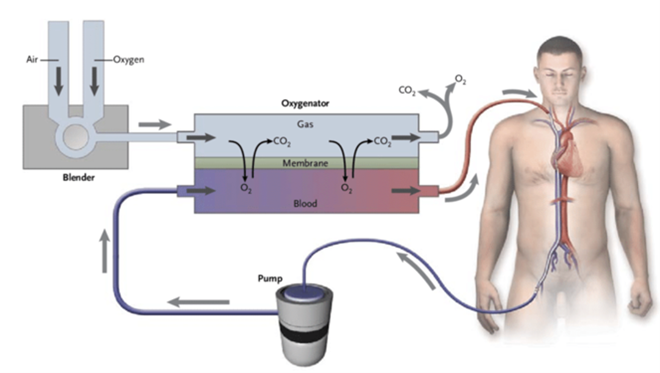Multifunctional surface modification of biomaterials with bioactive agents to reduce thrombosis

Tech ID
23-009
Inventors
A. Chan
J. Brash
K. Sask
R. Selvaganapathy
C. Fusch
G. Fusch
N. Rochow
S. El Helou
S. Li
Patent Status
PCT filed May 24, 2023
WO 2023/225749 A1
Stage of Research
Proof of concept
Contact
Rimika Sachdeva
Business Development Officer
Abstract
Blood contacting medical devices continue to require systemic anticoagulant and antiplatelet therapies with their use due to the initiation of coagulation and thrombosis at the surface of the biomaterial. Many single surface modification strategies have been applied to polymers to reduce thrombus formation, including immobilization of anticoagulant agents, but these technologies still suffer from various limitations.
Fibrinolytic surface modifications that provide the ability to lyse fibrin clots can also be applied to materials. A combination of both anticoagulant and fibrinolytic strategies is advantageous to achieve dual surface modification to prevent clot formation as much as possible while lysing any clots that are formed. Nevertheless, functionalizing multiple molecules on a given surface can lead to reduced functionality of each molecule and therefore can be detrimental to the overall response.
McMaster researchers have discovered that, functionalizing an anticoagulant agent and fibrinolytic agent in a specific manner provides an enhanced response. This response is greater than the individual molecule functionalized over the entire surface and will therefore reduce thrombosis.
Applications
- Improvements in blood contacting medical devices, for example catheters, blood oxygenators, hemodialyzers, stents, and others, since these devices all have limitations due to thrombosis and inflammation.
Advantages
- The combined functionality would be advantageous over other surface modifications due to the ability to not only decrease thrombin formation, but also lyse any fibrin clots that do form.
- Achieving increased functionality upon modification would help prevent thrombogenicity of blood contacting devices.
Image obtained from: https://www.nejm.org/doi/full/10.1056/NEJMct1103720

